calsfoundation@cals.org
Georgetown (White County)
| Latitude and Longitude: | 35º07’37″N 091º27’18″W |
| Elevation: | 203 feet |
| Area: | 0.29 square miles (2020 Census) |
| Population: | 81 (2020 Census) |
| Incorporation Date: | December 27, 1985 |
Historical Population as per the U.S. Census:
|
1810 |
1820 |
1830 |
1840 |
1850 |
1860 |
1870 |
1880 |
1890 |
1900 |
|
– |
– |
– |
– |
– |
– |
– |
– |
– |
– |
|
1910 |
1920 |
1930 |
1940 |
1950 |
1960 |
1970 |
1980 |
1990 |
2000 |
|
– |
– |
– |
– |
– |
– |
– |
– |
126 |
126 |
|
2010 |
2020 |
|
|
|
|
|
|
|
|
|
124 |
81 |
|
|
|
|
|
|
|
|
Georgetown is a small town located on the White River in the extreme southeastern corner of White County, about seventeen miles southeast of Searcy (White County). White County historians claim it to be the oldest existing town in Arkansas and only the second settlement established in the state, after Arkansas Post. Georgetown traces its establishment as a town to the arrival of its first permanent settler in 1789.
Georgetown received its current name in 1909 in honor of three men from Clarendon (Monroe County) surnamed George who, a few years earlier, had purchased, sold, and developed land in the town. The town was previously called Francure Township, as well as Negro Hill or Nigger Hill, probably indicative of the first slaves in the area being offloaded at the town’s landing on the White River. It is also likely that an early black community located on a hill near the river was composed of runaway slaves from Louisiana, thus lending Negro Hill its name.
The first recorded white settler in the area was Francis Francure, who received a land grant from the Spanish crown for 1,600 arpents (1,361 acres) along the White River and settled in the vicinity of present-day Georgetown in 1789. Although listed as a farmer, historical evidence suggests that he was more likely a trapper; other information regarding Francure is scant, though it seems he had little to do with his neighbors and lived a hermit’s existence for close to fifty years. Some early Georgetown settlers relied on rumor of Francure as an outlaw or a polygamist to supplement gaps missing in their established knowledge about the man.
The Georgetown area was ceded to the United States in the Louisiana Purchase in 1803. The U.S. government began to issue land grants as bounties to its military veterans following the War of 1812. Georgetown saw much development during the early settlement of Arkansas due to its location on the White River, since, prior to the establishment of railroads through White County in the 1870s, most commercial traffic in the area commenced via river transport.
The Missouri and North Arkansas Railroad (M&NA) first brought rail service to Georgetown in 1908 and constructed a bridge spanning the White River; however, flooding in 1927 resulted in damage to the primary pivot pier of the bridge. Accounts state that, after the flood, the bridge began to lean, and subsequent repairs could not adequately fix this. Operations on the railroad ceased in 1946, and, of all the truss bridges between the towns of Leslie (Searcy County) and Cotton Plant (Woodruff County), the Georgetown bridge was the only one removed after the M&NA abandoned the rail line.
According to local resident and historian Polly Cleaver, “Georgetown used to have four stores, a hotel, a movie house, three fish docks, a handle mill that made ax and hammer handles, a mattress factory, a school, a drugstore, a barber shop, a doctor’s office, a dentist’s office, and two churches….In its heyday, Georgetown’s population reached at least 350 and possibly as much as 500.” The timber and logging industry also thrived at Georgetown in the early twentieth century with the establishment of Perry Hall lumber mill.
Following World War II, many shopping venues in town closed due to competition and growth in nearby Searcy, and population growth began to wane. Also, as roads in White County improved, schools in the outlying areas were gradually consolidated, and students were steadily relocated to schools in nearby towns. The first school in Georgetown was started in 1875, and students were educated locally until consolidation with nearby West Point (White County) in 1953. West Point then consolidated with Searcy in 1964, though grades one through four were still educated at Georgetown for a few years. As of 2009, all students in Georgetown and West Point attend primary school in Kensett (White County) and high school in Searcy.
For a long time, Georgetown’s primary attraction was the One-Stop Café—a remodeled convenience store turned restaurant that served catfish caught fresh from the White River; it closed in 2012. The population of Georgetown was 124 according to the 2010 census.
For additional information:
Johnson, Claude E. The Humorous History of White County, Arkansas. Searcy, AR: White County Historical Society, 1975.
White County Historical Society. http://www.whitecounty.us/ (accessed June 3, 2022).
Adam Miller
Searcy, Arkansas
 Entering Georgetown
Entering Georgetown 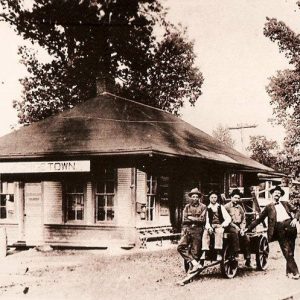 Georgetown Depot
Georgetown Depot 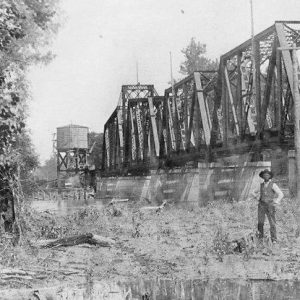 Georgetown Railroad Bridge
Georgetown Railroad Bridge  Georgetown Cemetery
Georgetown Cemetery 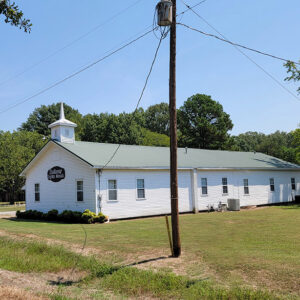 Georgetown Church
Georgetown Church  Georgetown Fire Department
Georgetown Fire Department 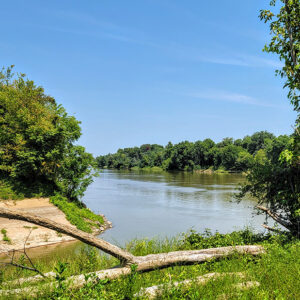 Georgetown River Access
Georgetown River Access 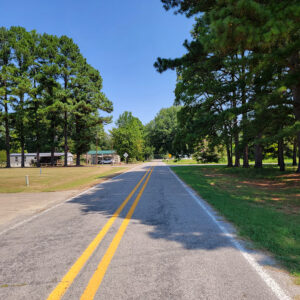 Georgetown Street Scene
Georgetown Street Scene 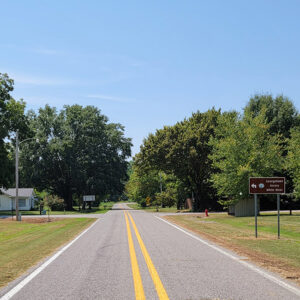 Georgetown Street Scene
Georgetown Street Scene 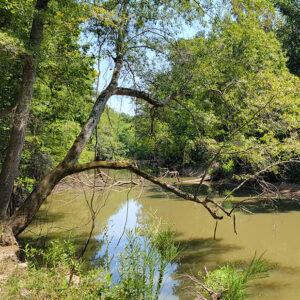 Henry Gray/Hurricane Lake WMA
Henry Gray/Hurricane Lake WMA 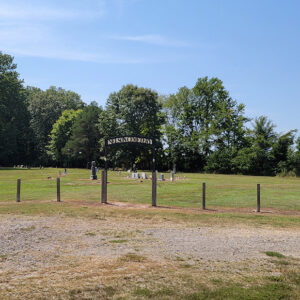 Nelson Cemetery
Nelson Cemetery 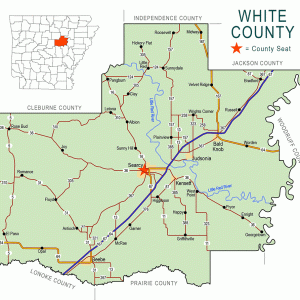 White County Map
White County Map 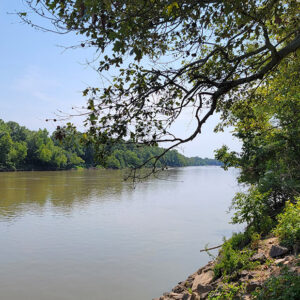 White River at Georgetown
White River at Georgetown 




I went to West Point up to the sixth grade. My teacher was Mrs. Heathscott in 1985. At that time, 7-12th grades were bussed to Searcy. In 1991, I attended Kensett my senior year. The students from Griffithville were consolidated as well. After that we became known as Riverview. I’d like to find out more about Georgetown, like Mrs. Bessie’s store and the post office.
There was a stave mill in Georgetown in 1932. The staves were for beer or pickle barrels. Some people lived in tents. My brother was born in a tent in Georgetown, Arkansas, in March 1932. He was Ben (Doc) Reeves’s son.